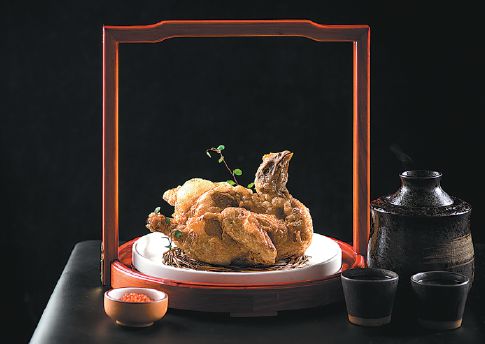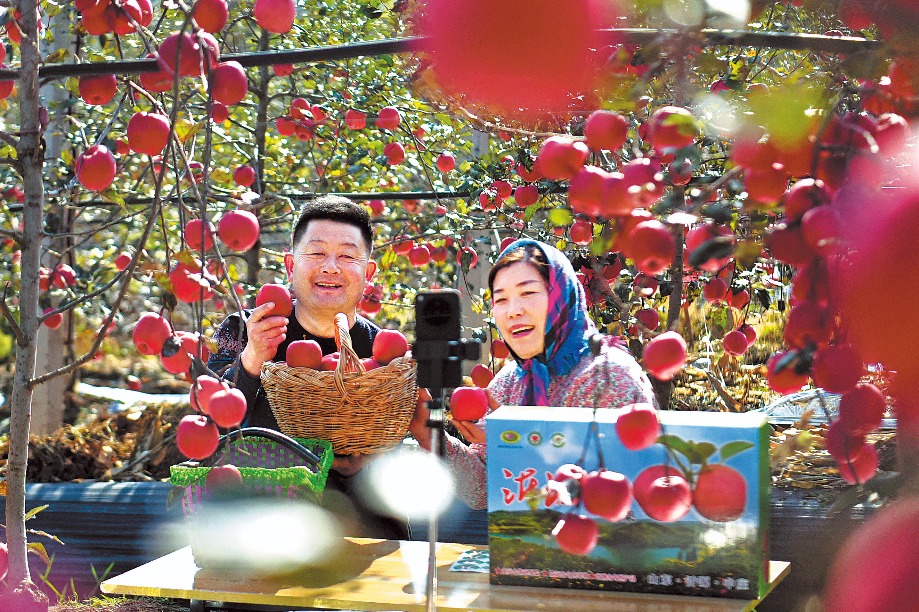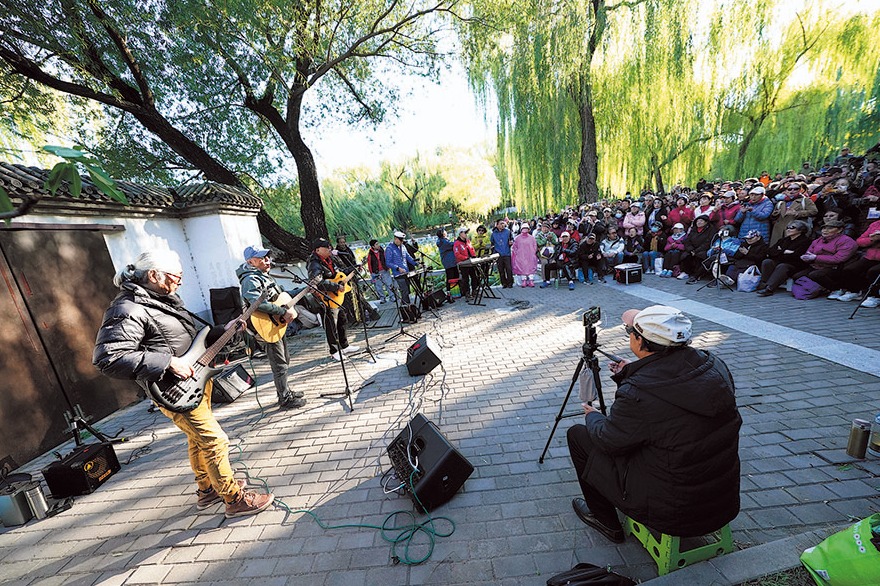Shaanxi noodle grandee


The final step is to coat the chicken with flour and deep fry it. The chicken is served whole to the table to allow diners to take photos. The waiters peel off the skin like a jacket, debone the chicken, and then re-cover the meat with the skin. A shredded chili dipping sauce is served alongside the chicken.
"Traditionally the chicken is tied up to form the shape of a calabash (bottle gourd), but these days we just make it look like a whole chicken," says Kang.
In Kang's mind, Shaanxi cuisine typically has a sour and spicy flavor-but not as spicy as Sichuan cuisine.
Stewed carp from the Yellow River is a Shaanxi specialty where Kang uses a special kind of local vinegar made with persimmon.
Noodles are another signature dish in Shaanxi cuisine, especially the hand-pulled noodles seared in chili oil. "It looks like a simple dish, but actually requires several steps," says Kang.
To make the perfect dough, the chef must ensure the mixture is not sticky to the touch by using the correct proportion of water to flour.
The seasoning is placed in the bottom of the bowl, and then the noodles, followed by a layer of mixed chili powder. Finally, the chef will pour on a measure of hot oil to finish off the dish.
"The timing for pouring the oil is the key. If it's too early, the chili powder will still have a raw flavor, or the oil will burn it to a black color, which gives it the wrong flavor," Kang explains.
People in Shaanxi and Gansu provinces and the Ningxia Hui autonomous region enjoy the same kind of opera-Qinqiang Opera, a typical folk performance art from Shaanxi province.
According to Kang, people in that region also eat the same hotpot, where several ingredients are boiled together in a black clay pot shaped like a traditional Beijing copper hotpot.
At Chang An'G, Kang adds different mushrooms to the pot to give more flavor to the soup base. Clay pots are not commonly used in Beijing, and they are also becoming rare in Xi'an because the skills needed to produce the handmade pots are dying out.




































